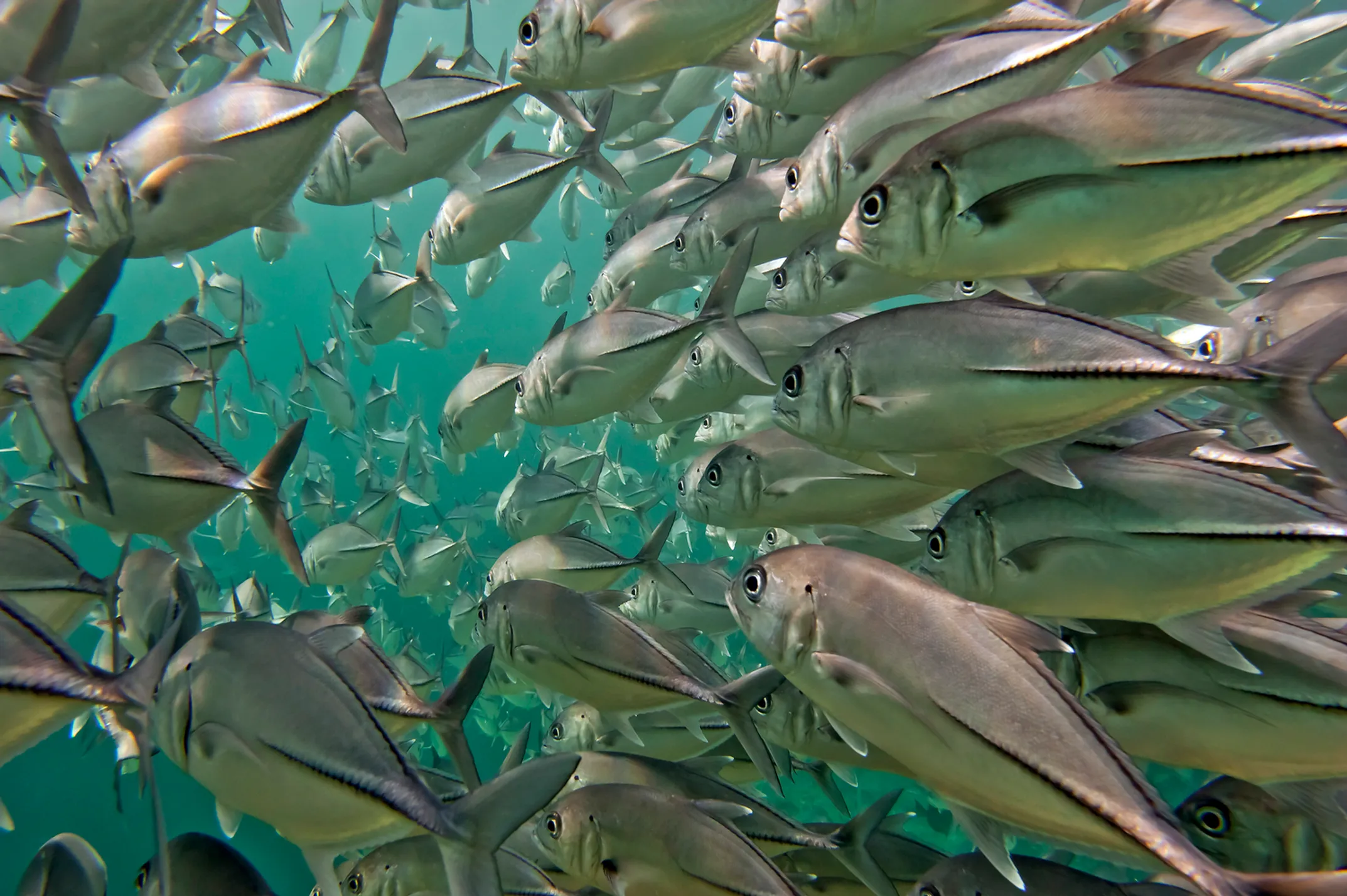
「Minivan Arrival」Honolulu Airport ⮕ Waikiki Hotels Exclusive Transfer
Family Photography Pros Oahu • Service • Honolulu • Oahu

The rules of the ocean - fishing with responsibility and respect
Fishing in Hawaiʻi is an incredible privilege. With that privilege comes the responsibility to act with aloha and pono - not just for the culture, but for the health of the ocean itself. Understanding the local rules and ethics is a crucial part of the experience.
This section provides clear, straightforward answers to the most common questions about regulations, ensuring you can fish with confidence and respect for Hawaiian waters and culture.
For anyone - resident or tourist - fishing recreationally in saltwater on a licensed charter vessel, you do not need to purchase an individual fishing license. The charter boat's commercial marine license covers all paying passengers on board.
This is perhaps the most significant point of confusion for visiting anglers. The policies regarding keeping your catch in Hawaiʻi are often different from those on the mainland. Understanding the "why" behind them is key to a positive experience.
The longstanding tradition in Hawaiʻi's charter industry is that the catch belongs to the boat and its crew. The sale of commercially valuable fish helps to offset the extremely high operating costs of running a charter business in the islands - from fuel and slip fees to tackle and maintenance.
You can generally expect to take home a generous portion of the day's edible catch.
The policy is designed to be fair to everyone who paid for a spot on the boat.
Critical expectation to set: Very large fish, particularly marlin and tuna over 100 pounds, are almost always kept by the boat to be sold at the local fish auction. These trophy fish are a significant part of the crew's income. Always discuss this policy before booking.
While your charter captain is responsible for ensuring all fishing is done in compliance with state and federal laws, it's good to be aware of the framework that protects Hawaiʻi's fisheries.
Professional charter captains are up-to-date on all current regulations and will guide you accordingly. They handle all compliance issues, so you can focus on enjoying your fishing experience without worrying about regulations.
The spirit of pono is alive and well in Hawaiʻi's modern fishing community, with a strong emphasis on conservation and scientific partnership. Anglers have the unique opportunity to participate directly in this effort through tag-and-release programs.
The Pacific Islands Fisheries Group (PIFG) "Tag It" program is a fantastic, fisherman-led initiative that empowers anglers to become citizen scientists.
When you fish here, you are part of a community that takes its responsibility to the ocean seriously. Every angler who participates in sustainable practices helps ensure that future generations can experience the same thrill of Hawaiian deep-sea fishing.
❌ NOT required - boat license covers you
Varies by charter - ask before booking
100+ lb fish usually kept by boat
Tag & release programs available

Family Photography Pros Oahu • Service • Honolulu • Oahu

Family Photography Pros Oahu • Service • Honolulu • Oahu
